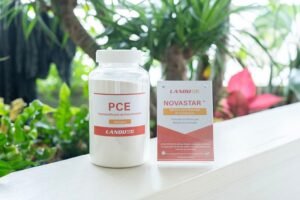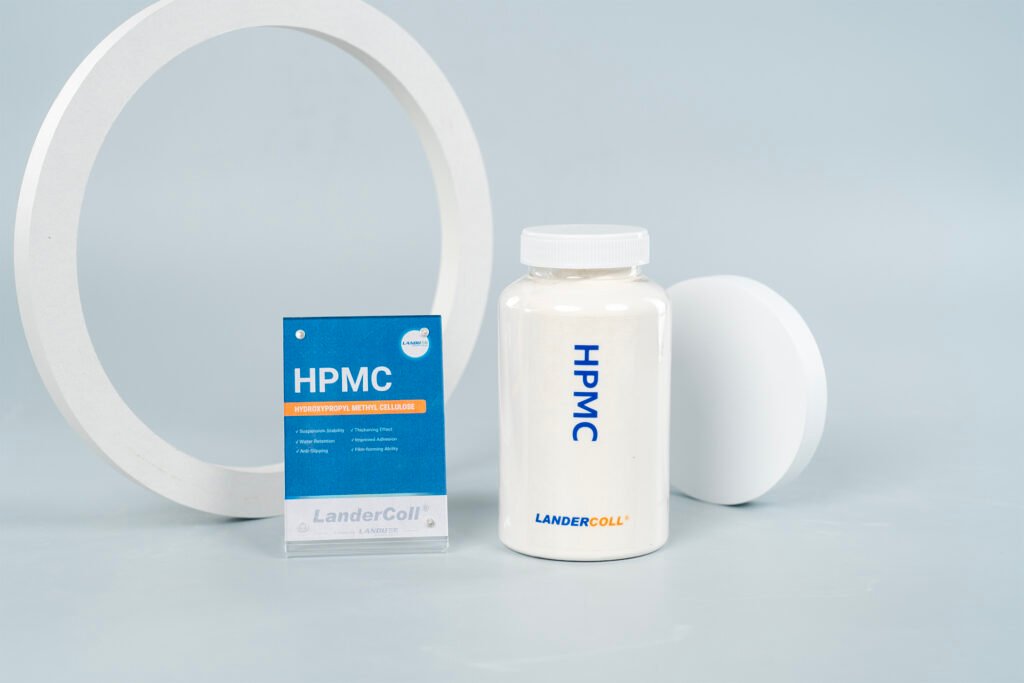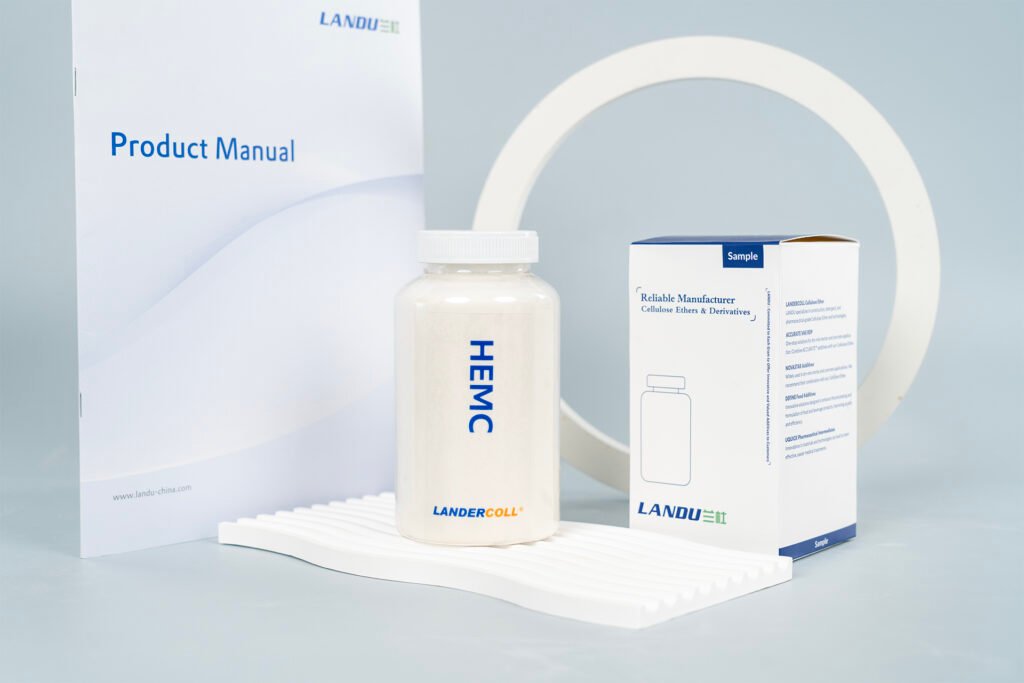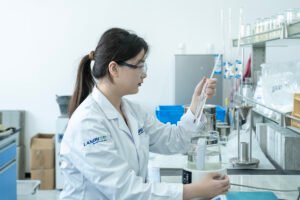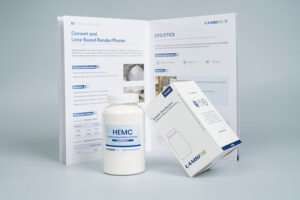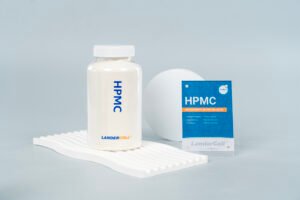Quality Standards and Compliance
Manufacturers in China adhere to strict quality standards to ensure HPMC products meet both local and global requirements. Consistent testing, regulatory compliance, and certifications play critical roles in product reliability and market acceptance.
Chinese and International Regulatory Requirements
Chinese HPMC producers must comply with standards set by the National Medical Products Administration (NMPA). These regulations cover raw material sourcing, production hygiene, and labeling.
International markets demand adherence to standards such as the U.S. Food and Drug Administration (FDA) guidelines and the European Medicines Agency (EMA) rules. Compliance with pharmacopeial standards like the USP and EP ensures acceptance in global pharmaceutical and food industries.
Failure to meet these requirements can lead to product rejection or bans, so manufacturers maintain ongoing regulatory updates and audits.
Testing Processes
Testing is comprehensive and includes raw material inspection, in-process monitoring, and final product evaluation. Key parameters verified include viscosity, moisture content, purity, and microbial limits.
Chemical analyses like Fourier-transform infrared spectroscopy (FTIR) ensure product identity and composition. Microbial testing confirms absence of harmful bacteria, fungi, or endotoxins.
Batch-to-batch consistency testing ensures uniform product quality. These processes reduce contamination risks and guarantee adherence to specification limits before shipment.
ISO and GMP Certification
ISO 9001 certification is common among Chinese HPMC manufacturers, indicating quality management system compliance. This certification ensures streamlined production and continuous improvement.
Good Manufacturing Practice (GMP) certification is equally important. It verifies that facilities operate under controlled conditions, with documented procedures for hygiene and quality control.
Both ISO and GMP certificates increase buyer confidence and facilitate access to regulated international markets. Manufacturers often display these certifications as proof of their quality commitment.
Export Markets and Global Reach
China’s HPMC manufacturers serve diverse international markets, reflecting their product quality and competitive pricing. Their global presence is defined by strong trade relationships and strategic exports.
Leading Export Destinations
The primary export markets for Chinese HPMC producers include India, the United States, and Southeast Asian countries such as Vietnam and Indonesia. India accounts for roughly 30% of the total exports, driven by its large pharmaceutical and construction sectors that demand high-grade HPMC.
The US market typically requires stringent quality certifications, which many manufacturers have secured. European countries, including Germany and the UK, also import HPMC but at a smaller volume compared to Asia and North America. Export volumes fluctuate depending on regional demand and regulatory approvals.
International Partnerships
Chinese HPMC manufacturers frequently establish joint ventures and supply agreements with foreign companies to extend their reach. Partnerships with Indian and Southeast Asian distributors are common to facilitate local compliance and faster delivery.
Many firms collaborate with research institutions abroad to enhance product applications, particularly in pharmaceuticals and personal care. These partnerships support ongoing product development and market adaptation. Additionally, long-term contracts with major international buyers help stabilize export revenue streams.
Innovation and R&D in the HPMC Sector
Manufacturers in China invest significantly in research and development to improve Hydroxypropyl Methylcellulose (HPMC) quality and performance. These efforts focus on enhancing solubility, viscosity, and thermal stability.
Key areas of innovation include:
- Developing eco-friendly production methods
- Enhancing purity and consistency
- Customizing HPMC grades for specific industrial uses
Research centers collaborate closely with universities to adopt advanced technologies. Many companies apply molecular modification techniques to tailor HPMC properties for sectors like pharmaceuticals, construction, and food.
The use of automation and digital monitoring in manufacturing optimizes efficiency and quality control. Data-driven R&D accelerates product testing and reduces production waste.
Some manufacturers maintain dedicated innovation labs. These labs test new raw materials and production processes, ensuring compliance with international standards.
The sector also explores bio-based raw materials to reduce environmental impact. This aligns with global trends toward sustainability in chemical manufacturing.
